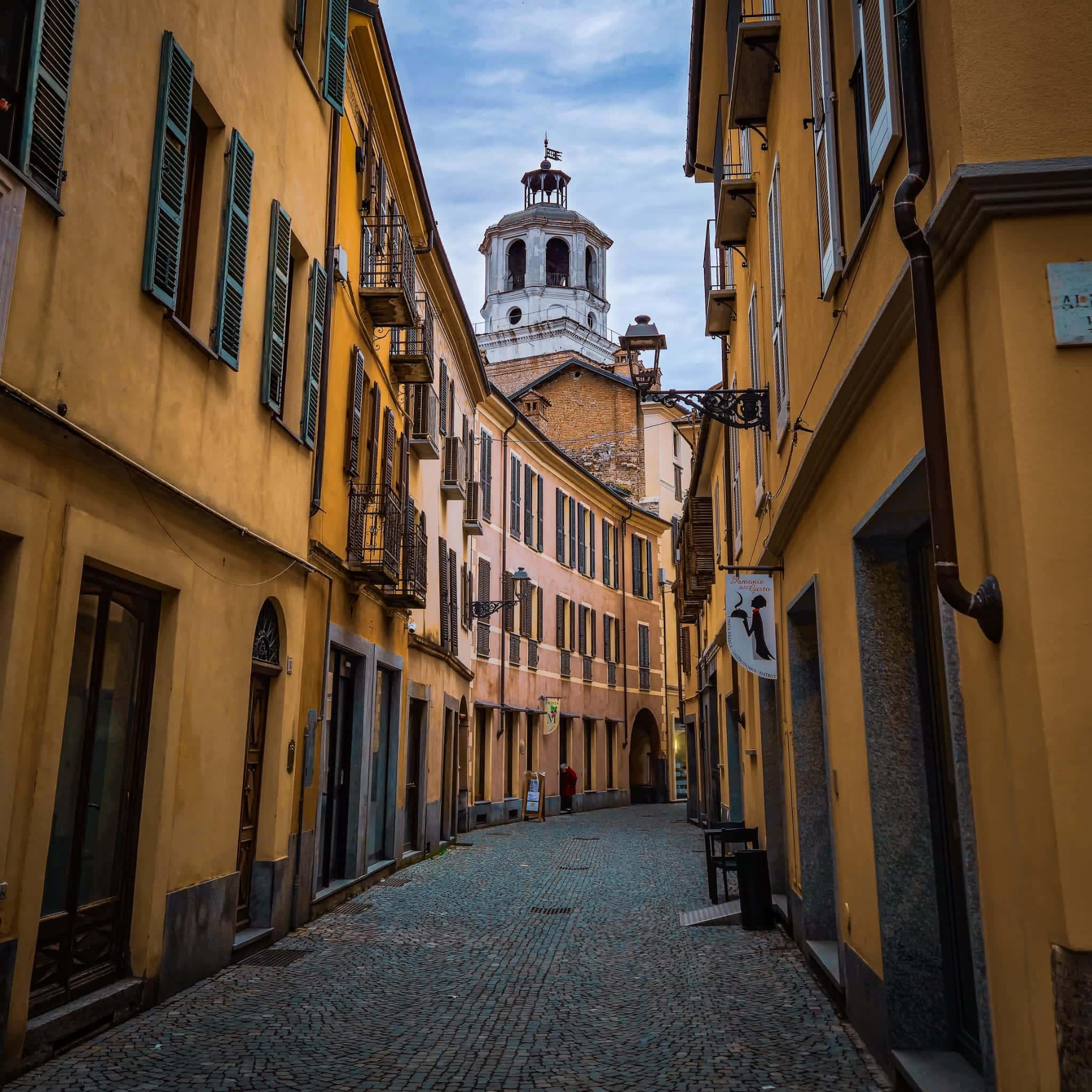After attending Sonia Borrel’s group show in Paris, I took a familiar journey—back to Italy. A trip to visit family and old friends. But this time, something felt a little… off. Not in a bad way, just different. This time, I was seeing it all through my partner’s eyes. Fresh eyes. “Foreign” eyes (which sometimes made me wonder if they were seeing the same country). It’s funny how that changes everything. What once felt so familiar suddenly becomes new and strange.
You start noticing things you never cared about before. The texture of the cobblestones, the way people’s voices rise at the end of every sentence (are they always that loud?), the random quirks of a place you used to call home. You become a tourist in your own memories. And the strangest thing? Memory and reality don’t exactly get along. (They’d probably argue over whose version of events is correct.)
Memories are like canvases, aren’t they? Blank spaces that you fill in over time with colors, shapes, sensations—maybe even some imagination. You think you’ve captured it perfectly, stored it in your mental archive forever. But then reality shows up with its imperfections, and suddenly, the colors don’t quite match. You find yourself standing in a place you’ve held in your heart for years—and it looks nothing like what you remember. There’s a crack in the canvas.
Meeting up with old friends? That’s a whole different experience. You think, Ah, here we go, it’ll be just like old times. And it is… until you look around and realize their kids—kids you remember as tiny, sticky-fingered toddlers—are now towering teenagers with opinions about politics. Or worse, adults. (Yes, they drive cars. No, I don’t know how that happened either.) You smile, you laugh, you share stories, but there’s this little voice in the back of your head whispering, “Wait, did I just blink and lose five years”?
And then there are the places. Oh, the places. The streets where you played as a kid, the café where you once wasted hours talking nonsense. They’re either gone or completely transformed. The corner shop that used to sell candy? Closed, and now it’s a vegan smoothie bar. (Progress, I guess?) It’s disorienting, like someone rearranged your life’s backdrop without asking for your permission.
This is where I started thinking about art. (I know, weird transition, but stick with me.)
Art is strange in that it doesn’t disappear. It doesn’t age the way buildings or people do. A painting won’t suddenly decide to be a vegan smoothie bar. But it does something weirder—it grows with you. At least, that’s what it feels like.
You see, a work of art never really changes. The brushstrokes are always where the artist left them, the colors don’t fade (unless you’ve been hanging it in direct sunlight—don’t do that). Yet, as the years go by, that same piece of art seems to shift. To evolve. It grows up with you, like an old friend you think you know everything about—until they surprise you by becoming a world-class pastry chef or deciding to run a marathon.
You hang a painting on your wall, live with it for years, and think you’ve figured it out. It’s nice, maybe even beautiful. Then one day, out of nowhere, it speaks to you in a different way. Maybe it’s not just about beauty anymore. Maybe it’s about loss, or change, or how time is actually a sneaky thief in the night (seriously, where did those years go?). You spot a detail you’d missed before, and suddenly, the painting is telling a new story. A story you weren’t ready to hear until now.
That’s the magic of art. It stays the same, but we don’t. We evolve, we grow, and art grows with us—or maybe, we grow into it. It becomes a mirror of where we are in life. What we’re ready to see, what we need to hear.
And maybe that’s why art survives the passing of time, while so much else fades or transforms. A city can change beyond recognition. Friends can drift in and out. Even the places we hold closest to our hearts can vanish without warning. But art? Art stays, steady as ever, whispering new things to us when we’re ready to listen.
In the end, we don’t just grow with the art we love—we grow into it. And perhaps that’s the truest mark of time’s passage: realizing that what we saw years ago isn’t what we see now, even if the object itself hasn’t moved an inch. (The real trick is remembering where you hung it in the first place.)
